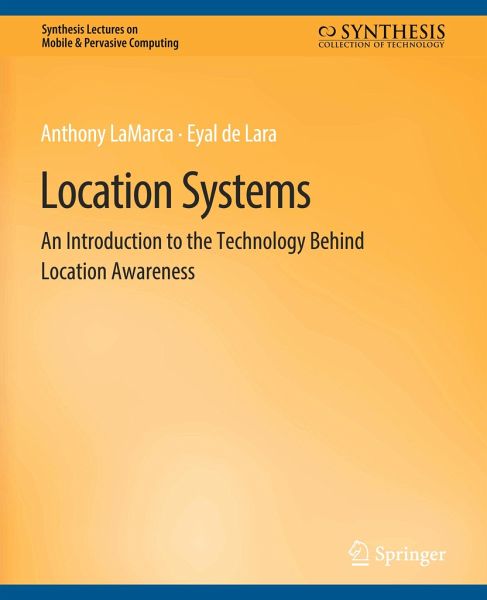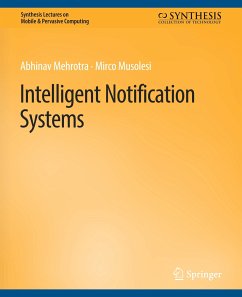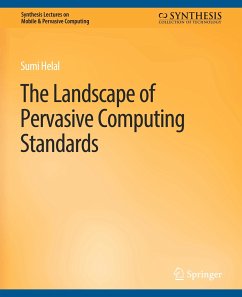
Location Systems
An Introduction to the Technology Behind Location Awareness

PAYBACK Punkte
0 °P sammeln!
Advances in electronic location technology and the coming of age of mobile computing have opened the door for location-aware applications to permeate all aspects of everyday life. Location is at the core of a large number of high-value applications ranging from the life-and-death context of emergency response to serendipitous social meet-ups. For example, the market for GPS products and services alone is expected to grow to US$200 billion by 2015. Unfortunately, there is no single location technology that is good for every situation and exhibits high accuracy, low cost, and universal coverage....
Advances in electronic location technology and the coming of age of mobile computing have opened the door for location-aware applications to permeate all aspects of everyday life. Location is at the core of a large number of high-value applications ranging from the life-and-death context of emergency response to serendipitous social meet-ups. For example, the market for GPS products and services alone is expected to grow to US$200 billion by 2015. Unfortunately, there is no single location technology that is good for every situation and exhibits high accuracy, low cost, and universal coverage. In fact, high accuracy and good coverage seldom coexist, and when they do, it comes at an extreme cost. Instead, the modern localization landscape is a kaleidoscope of location systems based on a multitude of different technologies including satellite, mobile telephony, 802.11, ultrasound, and infrared among others. This lecture introduces researchers and developers to the most popular technologies and systems for location estimation and the challenges and opportunities that accompany their use. For each technology, we discuss the history of its development, the various systems that are based on it, and their trade-offs and their effects on cost and performance. We also describe technology-independent algorithms that are commonly used to smooth streams of location estimates and improve the accuracy of object tracking. Finally, we provide an overview of the wide variety of application domains where location plays a key role, and discuss opportunities and new technologies on the horizon. Table of Contents: Introduction / The Global Positioning System / Infrared and Ultrasonic Systems / Location Esimation with 802.11 / Cellular-Based Systems / Other Approaches / Improving Localization Accuracy / Location-Based Applications and Services / Challenges and Opportunities / References












